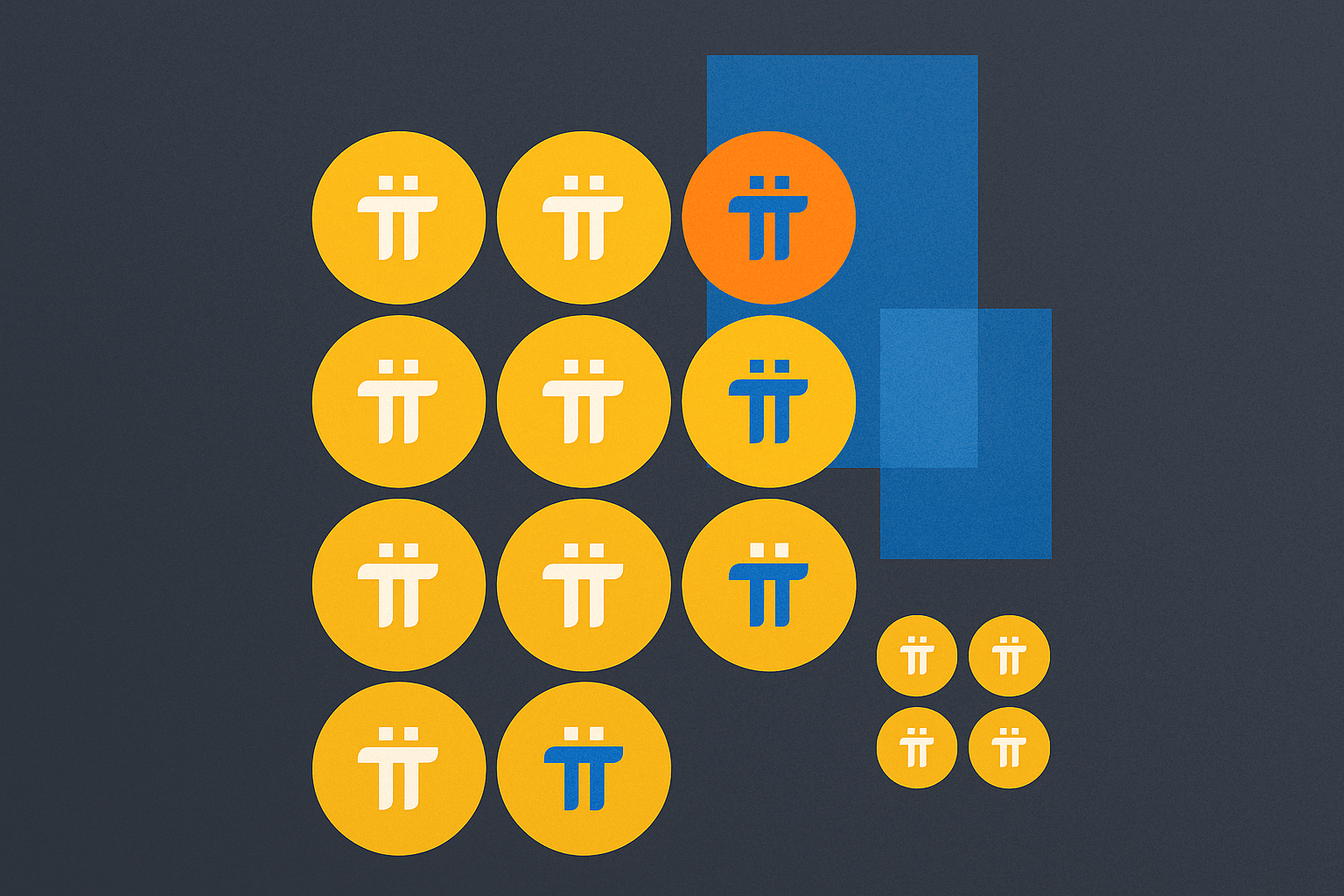TAO'nun Token Ekonomi Modeli, 2025 yılında yapay zeka gelişimini nasıl hızlandırıyor?


21 milyon token ile sınırlanmış TAO’nun deflasyonist modeli
Bittensor’un TAO tokenı, Bitcoin’in kıtlığa dayalı yaklaşımını temel alan ve 21 milyon token ile sınırlandırılmış sofistike bir deflasyonist ekonomi modeli sunar. Bu sınırlı arz mekanizması, programlanmış kıtlıkla içsel bir değer üretirken sürdürülebilir bir tokenomik yapı sağlar. Token’ın değeri, Bitcoin’in dört yılda bir gerçekleşen yarılanma döngüsüne benzer şekilde, belirli aralıklarda ihraç oranlarının %50 azaltıldığı sistematik yarılanmalarla desteklenir.
TAO tokenı, Bittensor ekosisteminde iki kritik işlev üstlenir:
| Fonksiyon | Açıklama | Etkisi |
|---|---|---|
| Yönetim | Token sahiplerinin ağ kararlarına katılımı | Merkeziyetsiz kontrolü sağlar |
| Ödüller | Madenci ve doğrulayıcılara ödeme yapılması | Nitelikli yapay zeka katkılarını teşvik eder |
Kasım 2025 itibarıyla yaklaşık 9,6 milyon TAO token dolaşımdadır ve bu rakam maksimum arzın %45,7’sini oluşturur. Kontrollü dağıtım takvimi, ekosistemin işleyişi için yeterli likidite sağlarken piyasada aşırı token arzını önler. Madencilik ödülleri azalırken, benimsenme potansiyeliyle birlikte deflasyonist baskı artar; TAO’nun Eylül 2023’te 21,43 $’dan mevcutta 379 $’ın üzerine çıkması da bu etkinin bir göstergesidir.
Alt ağ kayıtlarında harcanan TAO’nun yeniden ihraç havuzuna aktarılmasıyla çalışan geri dönüşüm mekanizması, token’ın faydasını ve sürdürülebilirliğini daha da güçlendirir; böylece, katılımcıları ödüllendiren ve deflasyonist özelliklerini sürdüren kapalı bir ekonomik yapı oluşur.
Alt ağ token ihraçları ve likidite havuzlarını mümkün kılan Dinamik TAO önerisi
Dinamik TAO, Bittensor’un tokenomik yapısında önemli bir yenilik sunarak her alt ağın kendi yerel tokenını ihraç etmesine olanak tanır. Bu öneri, yeni basılan TAO tokenlarının %50’sinin likidite havuzlarına, kalan %50’sinin ise alt ağ katılımcılarınca belirlenen kurallara göre dağıtılmasını öngören piyasa odaklı bir sermaye tahsisi yaklaşımı getirir. Böylece, her alt ağ ekosistemi içinde çift tokenlı bir sistem oluşur.
Dağıtım mekanizması net bir yapıya sahiptir:
| Token Dağılımı | Hedef | Amacı |
|---|---|---|
| Yeni TAO’nun %50’si | Likidite havuzları | Alt ağ tokenlarını destekleme |
| Yeni TAO’nun %50’si | Alt ağ katılımcıları | Doğrulayıcı/madenci/sahip ödülleri |
Bu sistemde, doğrulayıcıların konsensüsteki etkisi ve ödül payı, alpha stake ile TAO stake’in birleşimiyle belirlenir. Doğrulayıcılar bir alt ağa kaydolup TAO stake ettiklerinde, buna karşılık ilgili alt ağ tokenını alırlar. Örneğin, Alt Ağ #1’e 1.000 TAO stake eden bir doğrulayıcı yaklaşık 250 dTAO alır.
Bu piyasa tabanlı yaklaşım, TAO sahiplerinin staking yoluyla alt ağ değerine aktif olarak oy vermesine ve token ihraçlarının algılanan değere göre şekillenmesine olanak tanır. Bu mekanizmanın etkinliği, TAO fiyatının Nisan 2024’te 795,6 $ ile tüm zamanların en yüksek seviyesine ulaşmasında da görülmektedir; bu, önceki düşük değerlere göre kayda değer bir artıştır.
Doğrulayıcıları desteklemek için TAO stake ederek yönetim haklarına sahip olma
TAO stake eden token sahipleri, Bittensor ağı içinde temel yönetim haklarına sahip olur ve böylece paydaşlar ile doğrulayıcılar arasında karşılıklı faydaya dayalı bir ilişki kurulur. Stake işlemi, katılımcılara ağ kararlarında doğrudan söz hakkı kazandırırken, aynı zamanda ağı koruyan doğrulayıcı ekosistemini de destekler. Bu yönetim mekanizması, ekonomik teşvikleri ağın uzun vadeli büyüme ve gelişimiyle uyumlu hale getirir.
Kullanıcılar TAO’larını stake ettiklerinde, Bittensor’un işleyişine katılır ve ağ güvenliğine katkı sunarlar. Yönetim yapısı, token sahiplerinin protokol değişiklikleri, alt ağ geliştirme ve kaynak tahsisi gibi konularda görüş bildirmesine imkân tanır. Bu demokratik sistem, ağın merkezi bir otoriteye bağlı olmadan, paydaşların ortak görüşüyle evrilmesini sağlar.
| Stake Etme Faydaları | Ağ Etkisi |
|---|---|
| Yönetim katılımı | Daha yüksek ağ güvenliği |
| Doğrulayıcı desteği | Uyumlu ekonomik teşvikler |
| Potansiyel stake ödülleri | Artan protokol istikrarı |
Taostats verileri, stake edenlerin zaman içinde değeri artan alpha tokenlarını düzenli şekilde aldığını gösteriyor; ancak alpha/TAO fiyat oranı değişkenlik gösterebilir. Aralık 2025’te gerçekleşecek halving ile TAO ihraç oranı %50 azalacak ve böylece stake edilen tokenlarla ilişkili yönetim hakları daha da önem kazanacak. BitGo gibi kurumsal aktörler de bu potansiyeli görüp, doğrulayıcılar üzerinden TAO stake hizmetleri sunarak müşterilerine hem yönetimsel katılım hem de merkeziyetsiz yapay zeka ekosisteminde potansiyel getiri fırsatı sağlamıştır.
SSS
TAO coin nedir?
TAO, Bittensor’un yerel tokenıdır ve yapay zeka odaklı bir blok zincirinin ana varlığıdır. Bitcoin’e benzer şekilde 21 milyon token ile sınırlı bir arza sahiptir. 2025 itibarıyla TAO’nun piyasa değeri yaklaşık 2,98 milyar $’dır.
Melania Trump’ın coin’inin adı nedir?
Melania Trump’ın coin’i $MELANIA’dır ve 2025’te bir meme coin olarak piyasaya çıkmıştır.
TAO, 10.000 $’a ulaşacak mı?
Mevcut tahminlere göre, TAO’nun 2050’ye kadar 10.000 $’a ulaşması beklenmiyor. Tahminlere göre maksimum 9.875 $ ve ortalama 5.436 $ öngörülüyor. Ancak, uzun vadeli kripto tahminlerinde belirsizlikler devam ediyor.
Hangi coin 1000x kazandırır?
Maxi Doge ($MAXI) 1000x potansiyeliyle öne çıkıyor. Litecoin ve Cardano da önemli değer artışı potansiyeli taşıyor.

2025 yılında bir Token Ekonomik Modelinin başlıca bileşenleri nelerdir?

AICell'i Keşfetmek: White Paper Mantığı ve Devrimci Kullanım Senaryoları

Infinity Ground: Devrim Niteliğinde AI Destekli Platform, Blok Zinciri Uygulama Geliştirmeyi Yeniden Şekillendiriyor

COAI Token: Bilmeniz Gereken Her Şey

SSV nedir: Blockchain teknolojisinde stake edilmiş eşzamanlı doğrulayıcıların temel prensiplerini anlamak

Kuantum Hesaplama Nedir: Geleceğimizi Dönüştürebilecek Devrim Yaratan Teknolojiyi Keşfetmek
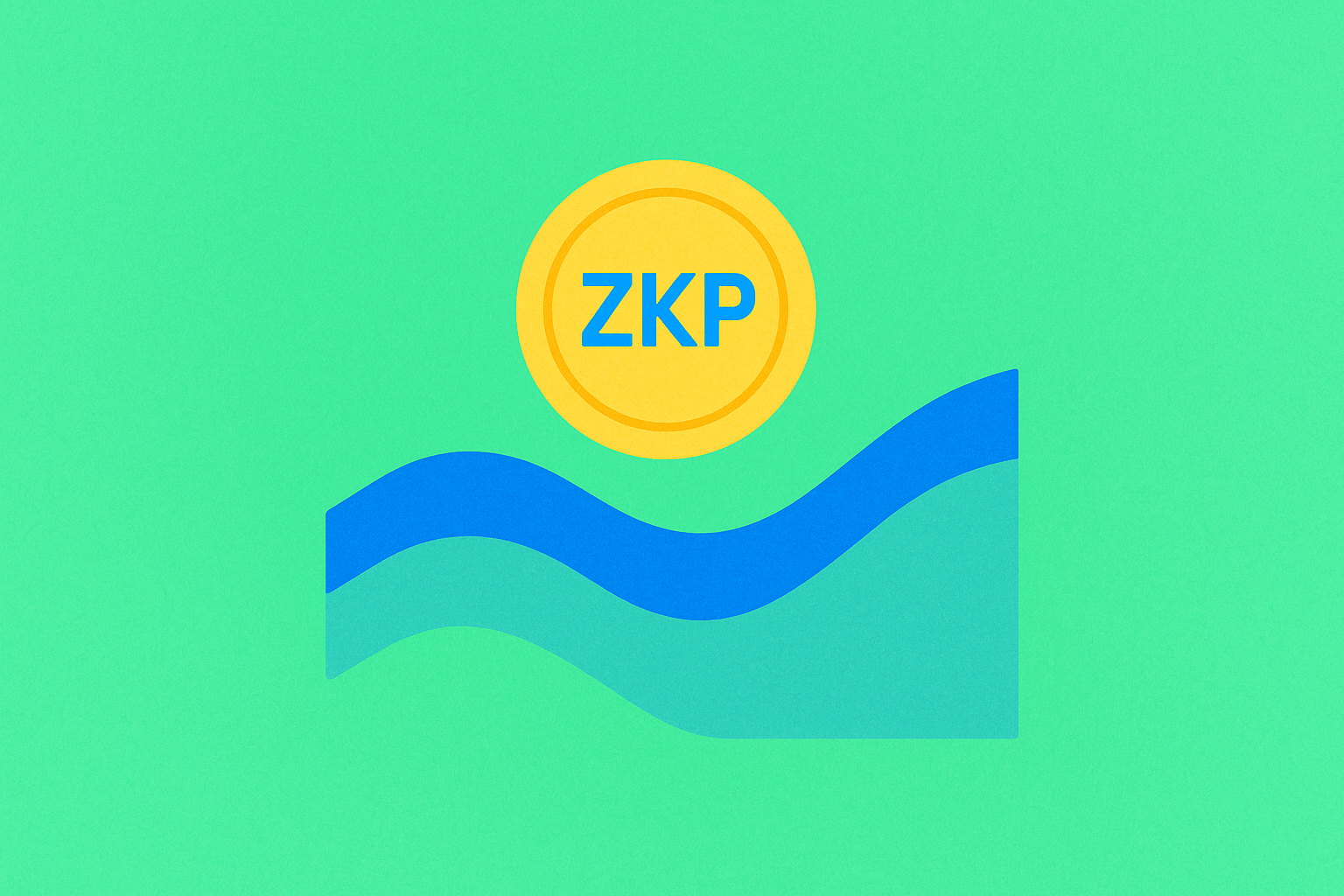
ZKP token fiyatındaki dalgalanma nedir: ZKP, 0,19 USDT seviyesinden %61 artış gösterirken, 0,25-0,40 USDT aralığında neden dirençle karşılaştı?
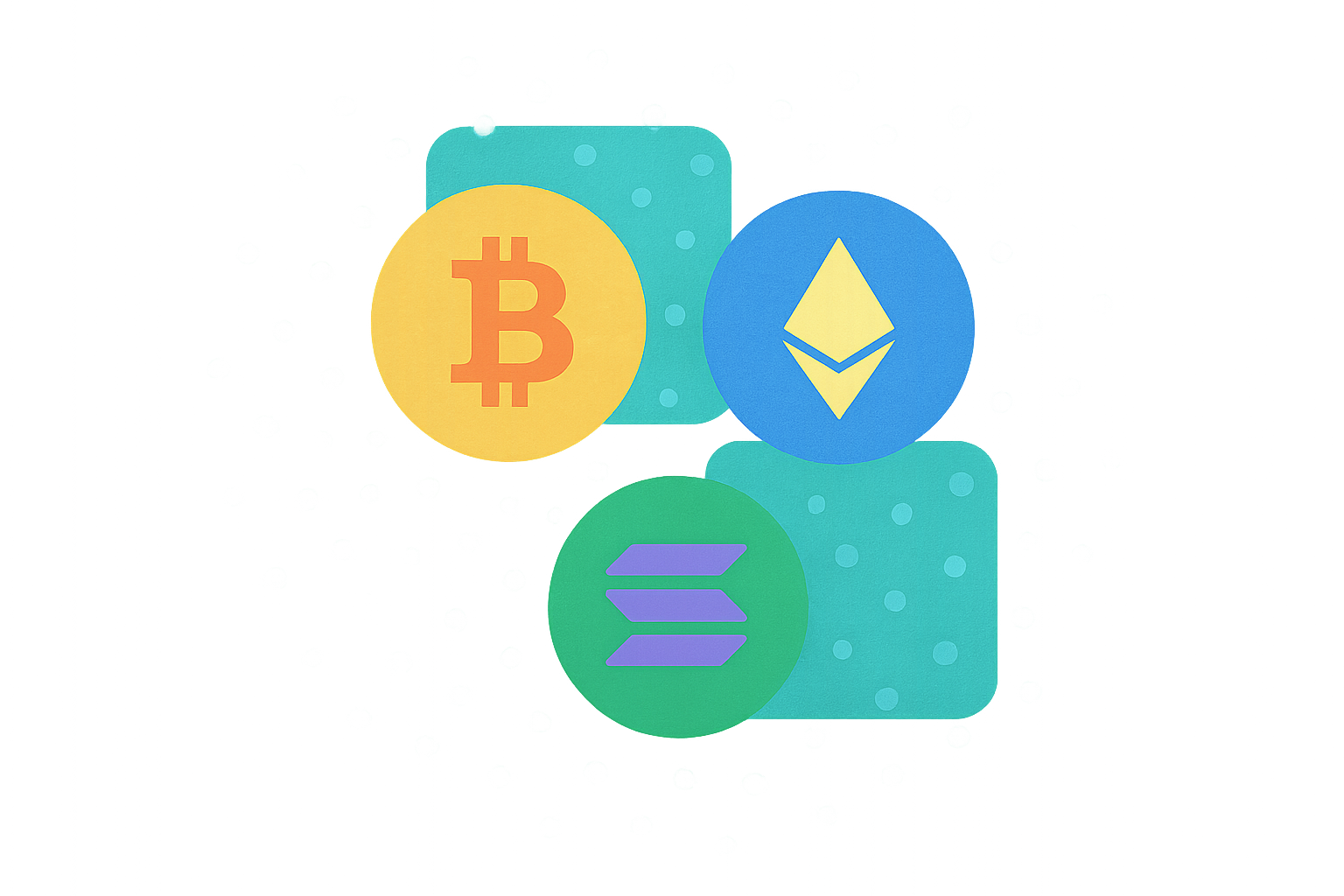
Zincir üzeri veri analizi, kripto piyasalarında aktif adresler ve balina hareketleri hakkında ne gösteriyor?

FARTCOIN’in 25 milyon dolarlık varlıkları, borsadaki fon hareketleriyle piyasa likiditesi üzerinde nasıl bir etki yaratıyor?
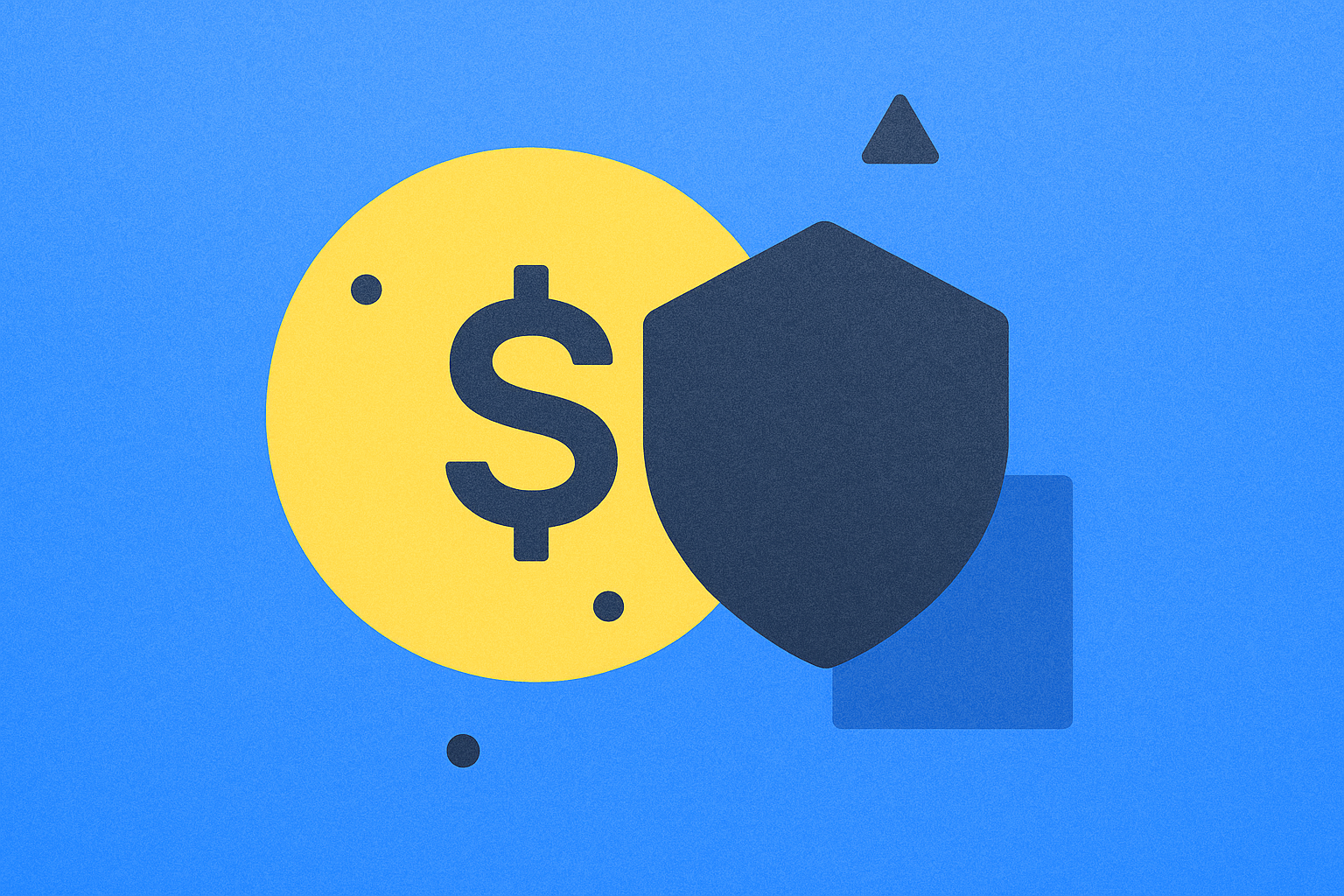
Kripto Parayı Soğuk Cüzdana Güvenli Şekilde Aktarmanın Yolları
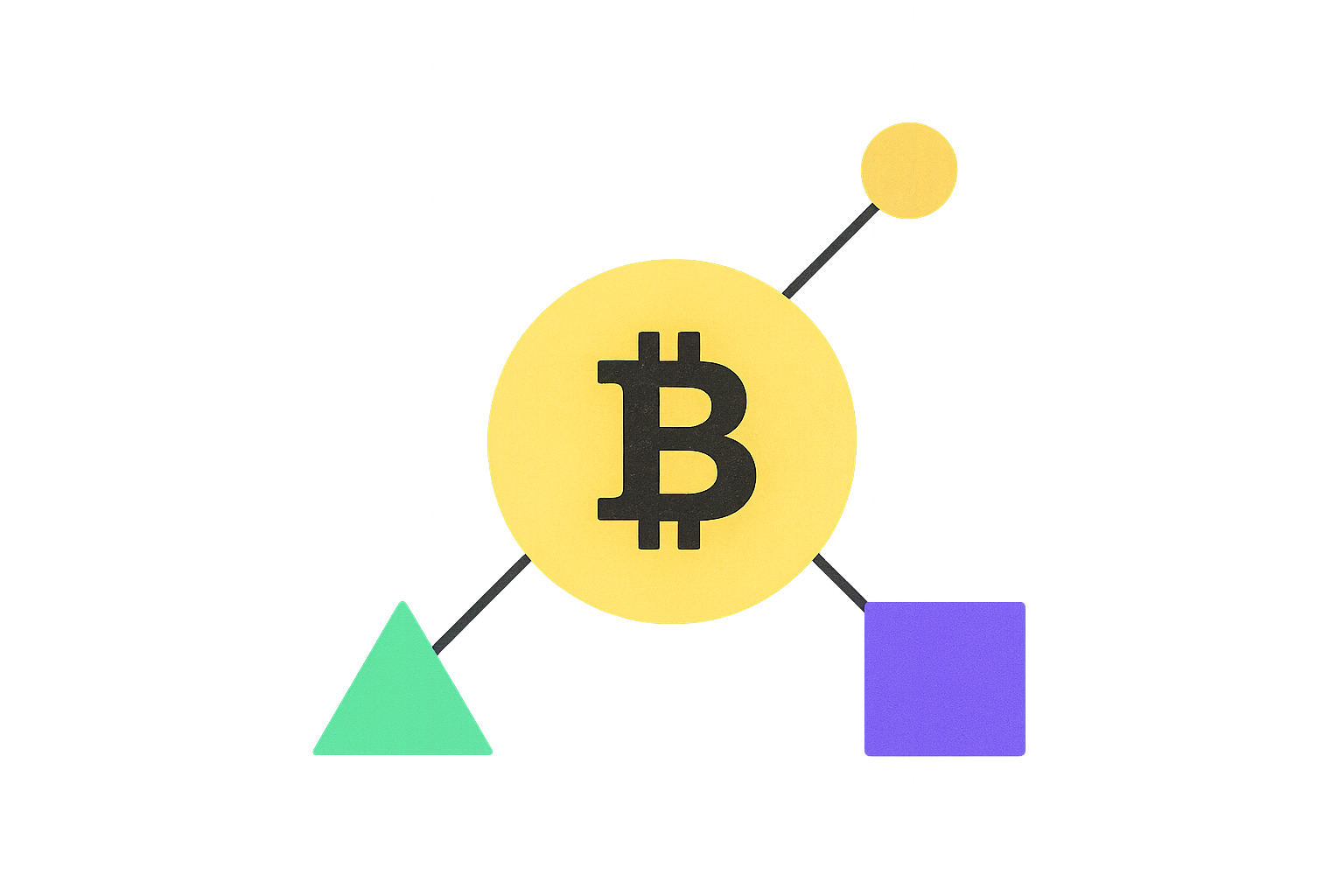
Makroekonomik Veriler Kripto Para Fiyatlarına Nasıl Yansır: Fed Politikası, Enflasyon ve Piyasa Korelasyonu
